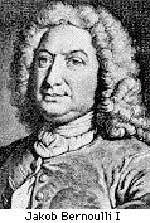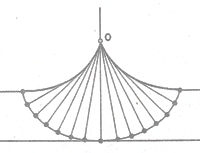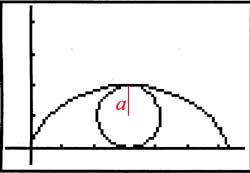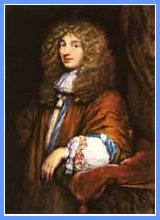The essential
cycloid
equations:

Many famous mathematicians
have investigated the
cycloid and
its tautochrone.

|
Finding the tautochrone
was related to the cycloid, Huygens challenged others to investigate
its properties.
It is fun to guess how
Huygens, Newton, Jean Bernoulli, Euler, Lagrange and even Herman
Melville (1851) would have reacted if they had been able to see how
easily contemporary students can display and animate "their"
tautochrone.

|
The Figures on
the left are from Huygens' Horologium
oscillatorium (1673).

Notice FIG. II would result in a
clock pendulum swing of the cycloid.
|
|
Physicists
and mathematicians applaud Huygens' work on the pendulum. He
recognized its path to be that of the much studied cycloid. For
this reason, the cycloid is sometimes called the tautochrone.
Huygens also investigated refraction of light in crystals. This
was to become an enormous field in chemistry.
Though brief, his De Ratiociniis in
Aleae Ludo or On the
Calculations
in Games of Chance (1657) is considered the first text written
on
probability.
|
 Cycloid as an inverted "try-pot" from Moby
Dick.
Cycloid as an inverted "try-pot" from Moby
Dick.
|
|
![]() Curve
Bank Home
Curve
Bank Home



